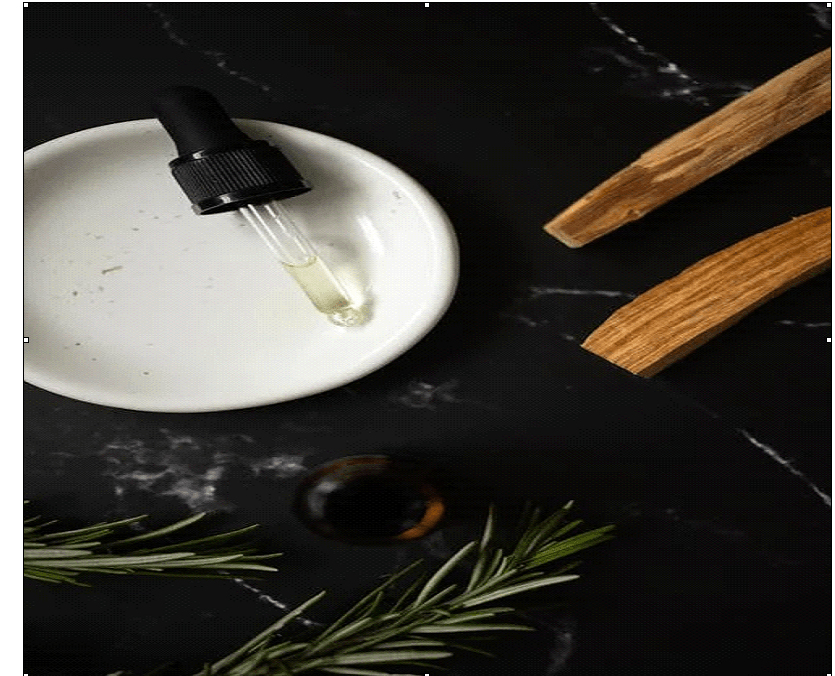Can you imagine the warm, inviting aroma of cinnamon? It conjures up cosy evenings, festive baking, and a general sense of comfort. But did you know that cinnamon bark essential oil offers much more than just a pleasant scent? This powerful oil can soothe sore muscles, enhance your home’s ambience, and even help purify the air. However, because of its strength, it’s important to use it with caution.
If you’re new to essential oils, knowing how to use cinnamon bark oil safely is crucial. In this article, we’ll explore the best practices for enjoying its benefits while avoiding any unwanted irritation or discomfort.
What is Cinnamon Bark Essential Oil?
Before we dive into how to use cinnamon bark essential oil, let’s first take a look at what makes it so special.
Cinnamon bark essential oil is derived from the bark of the cinnamon tree (Cinnamomum verum or Cinnamomum cassia). While both the leaves and stems of the tree can be used to make essential oils, the bark oil is stronger, with a more intense aroma and higher levels of cinnamaldehyde – the compound that gives it its signature spicy scent and antibacterial properties.
Due to this depth, bark-derived oil is usually reserved for therapeutic or focused programs rather than casual diffusion.
Why Use Cinnamon Essential Oil?
Here are some of the most popular ways to use this essential oil:
- Boosting move: Cinnamon oil is warming and invigorating. When used topically (continually diluted!), it could assist in stimulating blood flow to sore or stiff regions.
- Aromatherapy: Some drops in a diffuser can create a comforting environment, helping ease fatigue, tension, or low mood.
- Air purification: Its antimicrobial properties could act as an herbal alternative to synthetic air fresheners.
- Home cleansing blends: Many humans include it in self-made sprays to assist in disinfecting surfaces naturally.
But remember, cinnamon bark essential oil is powerful, so it’s essential to use it carefully. Now, let’s look at how to safely tap into these benefits without causing any irritation.
Safe Application of Cinnamon Bark Essential Oil
Always Dilute Before Applying to Skin
This is essential! Cinnamon bark essential oil is very strong and can cause intense burning sensations if applied directly to the skin.
To safely use cinnamon bark oil, always dilute it with a carrier oil, such as coconut, jojoba, or almond oil. Start by adding one drop of cinnamon oil to one tablespoon of carrier oil to create a 0.5% diluted mixture. From there, you can increase the dilution ratio if needed, especially when applying it to more sensitive areas like the neck or wrists.
It’s also important to perform a patch test first. Apply the diluted oil to a small area on your inner forearm and monitor it for 24 hours to check for any allergic reactions.
Use in Moderation for Aromatherapy
When using a diffuser, just a few drops of cinnamon essential oil are enough to create the desired effect. For the best results, add one to two drops of cinnamon oil for every 100 millilitres of water. You can also combine it with other aromatic oils, like lavender, orange, or clove, to soften the scent.
Keep in mind that too much cinnamon oil in small, enclosed spaces can lead to headaches, as well as irritation in the throat and eyes. It’s important to avoid using large amounts of this oil in confined areas.
Keep Cinnamon Essential Oil Away from Children and Animals
Cinnamon essential oil can pose health risks to children and pets, including cats and dogs. The concentrated molecules in essential oils can be more distressing to animals than to humans.
If you’re using cinnamon oil at home, make sure there’s proper ventilation, and avoid applying it to your child’s skin or bedding. If you’re unsure about using essential oils around children or pets, it’s always a good idea to consult with a pediatrician or veterinarian who is experienced with essential oils.
Don’t Ingest Unless Advised by a Professional
You might come across recommendations online suggesting that cinnamon oil be introduced to beverages or meals for fitness benefits. This is risky.
Essential oils are highly concentrated and can damage the lining of your mouth, throat, or digestive tract if ingested without proper guidance. Unless a certified aromatherapist or healthcare professional advises it, it’s best to stick to using the oil topically or aromatically.
Store It Properly
Like all essential oils, cinnamon oil is sensitive to light, heat, and air. To preserve its potency and keep it safe to use, store it in a dark glass bottle (most come in these) and keep it in a cool, dry place.
Always make sure the cap is tightly closed to prevent oxidation, which can alter the oil’s chemical composition and potentially affect its safety for use.
Final Thoughts: A Little Goes a Long Way
Cinnamon bark essential oil is a wonderful addition to your wellness routine-but only if used with care. Its strong aroma and potent compounds mean it should be handled thoughtfully. By starting small and respecting the oil’s natural strength, you can enjoy its benefits safely.
Whether you’re winding down with a comforting diffuser blend or refreshing your house with a DIY spray, this aromatic gem can elevate your ordinary in diffused and soul-soothing ways.
So go ahead, embrace the warmth-but do so wisely.








